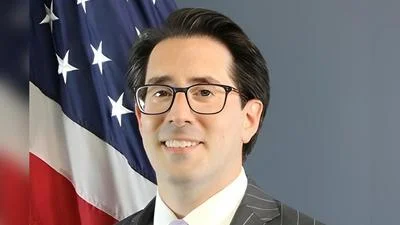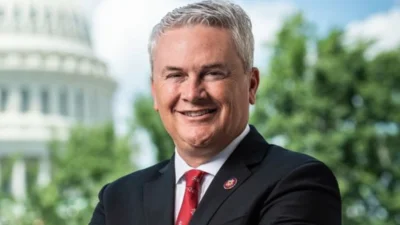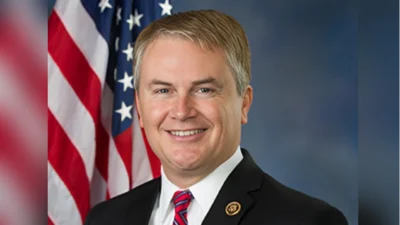Dear Dr. McClellan:
Thank you for your continued leadership on directing the Medicare and Medicaid programs. Youhave done a tremendous job in a short amount of time on implementing the Medicare ModernizationAct of 2003 and I look forward to working with you and your staff in the upcoming year.
I am writing to request some additional information regarding the Final Rule on inpatientrehabilitation facilities published in the Federal Register on May 7, 2004, commonly referred to asthe “75 percent rule." As you know, there is much interest among Members of Congress and theirconstituents regarding the implementation of this rule. As Chairman of the Senate FinanceCommittee, I would like to understand what steps the agency taking to address the issues broughtto light by the rehabilitation providers.
First and foremost, I am concerned that the 75 percent rule may cause patients who needrehabilitative care to be denied that care and would like to understand how the agency is monitoringthe implementation of this regulation. What specific steps has the agency been taking to monitorimplementation? Have there been any denials of appropriate rehab care and, if so, what evidencedoes the agency have that indicates that there have been any such denials?
Second, I am aware that there are a variety of settings where a patient may receive rehabilitationservices. For some patients, inpatient rehab is the optimal setting to receive care, and I feel thosepatients should be able to receive that care. Some have indicated there may be a strong financialincentive to steer less complicated rehab patients toward inpatient services when they may not bewarranted. Please comment about the various rehab settings a patient may be directed to and howthe payment rates differ according to each setting.
Third, the rehab community has called for a delay in the implementation of the Local MedicalReview Policies (LMRPs) concerning medical necessity. You are well aware, Dr. McClellan, of myconcern and vigilance regarding waste, fraud and abuse in the Medicare program. What specificimpact would a delay in implementing the LMRPs have in terms of monitoring rehab facilities?
Fourth, I hear many complaints from rehab providers that CMS failed to involve clinical experts andin-the-field researchers in crafting the 75 percent rule, and therefore, its final rule is based on badinformation. How much and what kind of research was conducted in the establishment of this rule?
What steps were taken to ensure the final rule reflected a consensus opinion of medical rehabilitationexperts? As rehabilitation care is not a static field, what future study in this area is contemplated andhow will it be carried out?
Last, I have heard numerous facilities complain that the financial impact of the rule will cause areduction of available rehab services, thus further limiting access to care. Does the agency possessany financial performance data that might show how rehab providers are faring financially?
Thank you in advance for your response to these pressing questions.
Sincerely,
Charles E. Grassley U.S. Senator
Source: Ranking Member’s News









